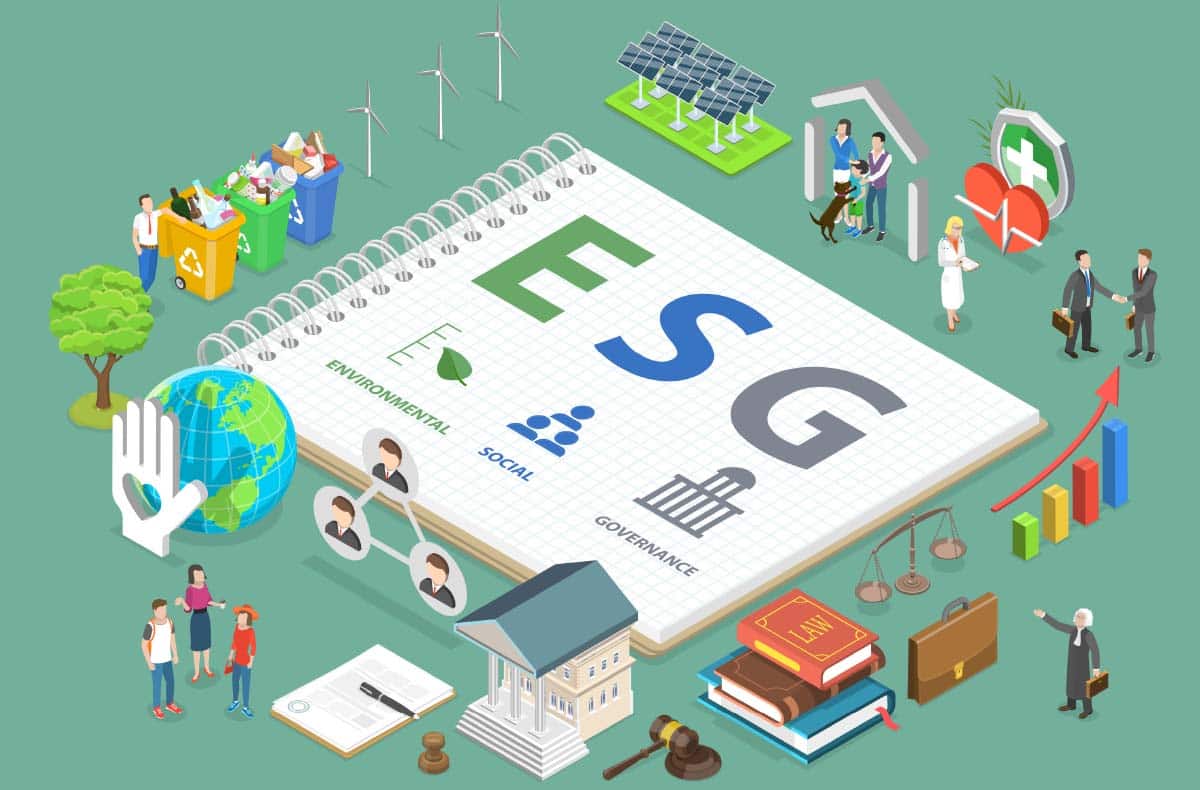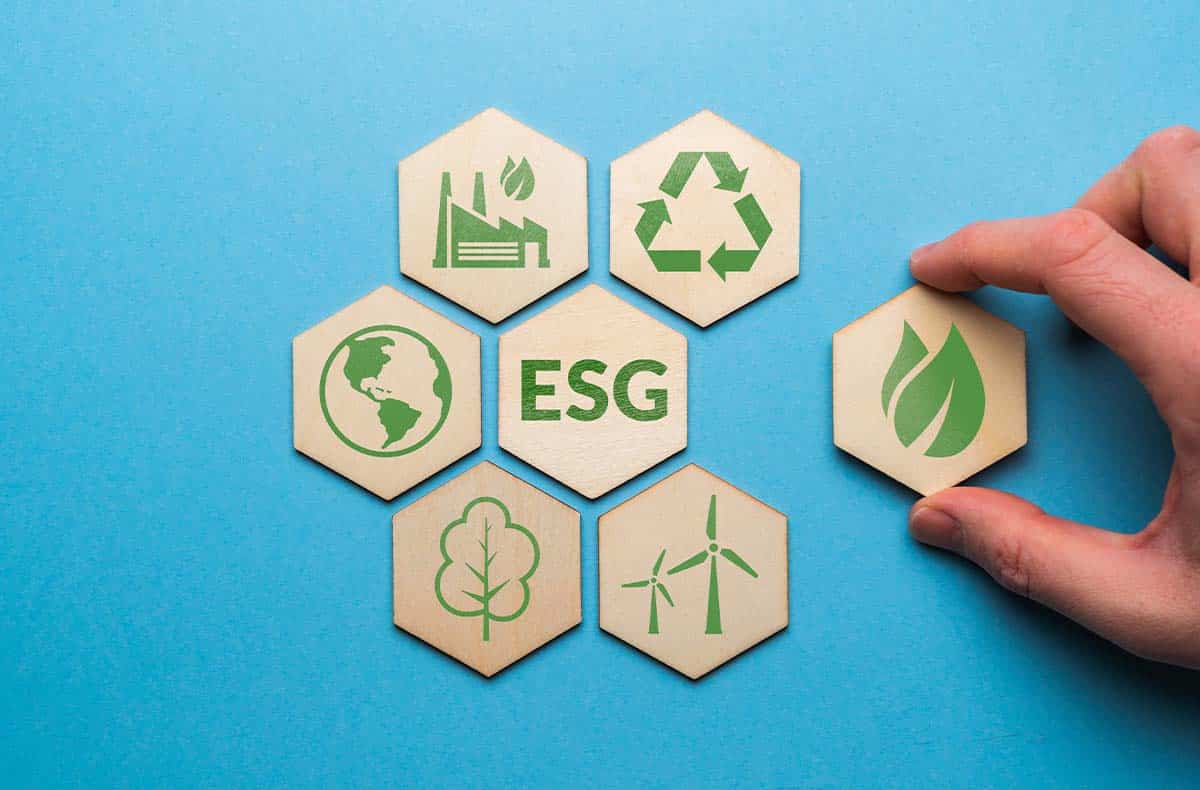
ESG is becoming a mainstream framework for all types of organizations to show society the value that their activities create concerning environmental, social and governance (ESG) metrics. For example, organizations can implement a strategy to reduce their emissions, which will then contribute to improving their ESG rating. ESG reporting is often heavily weighted on the environmental aspects with little attention being paid to social and governance factors. This can of course skew the reports that an organization is only responding to the environmental aspects of its business.
With ESG becoming mainstream due to the growing pressures being placed on all publicly-quoted businesses to become accountable for their actions, it is vital that organizations of all sizes have the resources to produce ESG reports to inform customers and markets of the value they bring to society. At some stage in the future, ESG reporting inevitably will become part of an organization’s regulatory obligations. The threat to their existence is both existential as well as practical.
This is not yet the case for privately-owned businesses. At present, there are no guidelines for small to medium-sized enterprises (SMEs) on how—or whether they even should—report on ESG.
In order to help guide SMEs through this uncertainty, the ESG Foundation spent the past 18 months developing a new ESG Scorecard. The following article will introduce the new Scorecard and talk about what questions it proposes small and medium-sized enterprises (SMEs) consider when implementing an ESG strategy.
The Scorecard is a jumping off point: not everyone will have access to the data the Scorecard suggests you capture. But we all have to start somewhere, and that’s what this tool can provide.
The Scorecard offers twelve different metrics to think about: four Environmental metrics, four metrics for Social, and four for Governance. It helps businesses track where they start in Year 1, so they can measure performance improvements in Year 2 and so on annually, and is free to use.
We made the tool free because the ESG Foundation believes every senior leadership team has an ethical obligation to run their organization as well as possible. Gen Zs expect nothing less, so in the battle for talent, having an ESG strategy is a good way of earning the interest and respect of the next generation of leaders. And from the commercial perspective, business owners aiming to attract investment will need to include their ESG credentials to any lender or acquirer. And if those two reasons alone aren’t enough, the pressure to be carbon neutral by 2050 will spur regulators and legislators to make ESG reporting mandatory, sooner rather than later.
So to get a jumpstart on your ESG journey, take a look at the following. How would you respond to these questions?
Environmental
- Appreciating you may use several forms of energy, electricity, gas, fuel oils or biofuels for instance, what percentage of your energy are your suppliers advising you is from renewable resources? (Ideally this should be rising, year on year).
- Transportation contributes significantly to a company’s—and its employees’—carbon footprint; what percentage of your vehicles are electric—both company and employee-owned? (Ideally this should be rising, year on year).
- What percentage of your waste is recycled? (This question involves you taking an interest in what happens to your rubbish once it is collected, and also taking steps to ensure as much of your business waste can be recycled. Ideally this figure should rise, year on year.)
- Greenhouse gas emissions are categorized into three groups or “Scopes” by the most widely used international accounting tool, the Greenhouse Gas (GHG) Protocol. Scope 1 covers direct emissions from owned or controlled sources. Scope 2 covers indirect emissions from the generation of purchased electricity, steam, heating and cooling consumed by the reporting company. Scope 3 includes all other indirect emissions that occur in a company’s value chain. What percentage of progress would you say you are making on Scope 1 & 2 compared with last year?
Social
- Wellbeing is a major responsibility of an employer for their staff: how many hours were lost due to recordable health & safety incidents? (Divide the number of hours lost with the total number of employees you have. Ideally this should decrease, year on year).
- Mixed boards have been found to be more productive. What is the percentage of men to women in senior positions, in addition to the board, across your company? (Ideally the ratio should be moving closer to 50/50).
- How much support does your company give local causes, either in hours donated or as financial contributions (local currency)? (Ideally this should increase, year on year.)
- Most of the best-run companies have an active strategy that encourages diversity and inclusion. How many different nationalities are represented across your workforce? (Ideally this should increase year on year).
Governance
- Managing data and cyber security is increasingly important in today’s digital age. How many IT security issues have you had in the past year?
- How many fines or litigation disputes related to unfair dismissals, contract disputes or business ethics have you had?
- What is the difference between the average yearly salary of women versus men in your company (in local currency)?
- Information on how staff and other stakeholder feedback is gathered, shared with and discussed at the board level is a demonstration of good governance and transparency across an organization adopting best ESG practices. How many meetings were held to discuss such feedback? (Ideally this should increase year on year.)
To zoom out from these specific metrics, let’s consider what questions the Scorecard asks, and how SMEs can act upon them by category:
The questions concerning the “E” of ESG ask SMEs about the impact of their production activities. This includes the direct impact as well as indirect impact that occurs through their supply chain. Furthermore, organizations are challenged about the impact that their employees have on the environment, whether that be through waste or transport.
An SME new to ESG may think about ways of implementing systems that monitor the amount of waste and emissions the whole company produces so that measures can be put in place to reduce negative environmental impacts.
The way that issues are monitored and dealt with are questioned by the governance part of the scorecard. The four questions for “G” ask how a company implements solutions to the issues they may face. Additionally, how issues are discussed across different levels of the company from staff to stakeholders is a metric that is measured to encourage better communication and ensure the interests of all members of a business are included.
Finally, the “S” metrics make businesses think about the impact that they have on their employees with regards to safety and diversity, as well as the impact their activities have on the local community. Despite the fact that the questions are divided into the sub-sections for each letter, each should have an equal weighting so that the rating generated is a fair reflection of the value that a business brings to society.
We’re mindful that not all of these metrics work for every company. So devise your own. The most important point is to just begin. By capturing data today, you’ll be able to compare and contrast how you are doing in the future. None of the Scorecard’s challenges should cost an organization money. In fact, they should help the senior leadership team become more efficient, and save money.
But starting is key, and you can only make progress if you start moving forward. The challenges of incorporating ESG into your organization may be initially a little daunting, but nothing worthwhile ever came easy.


